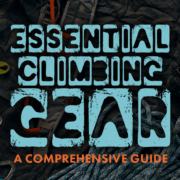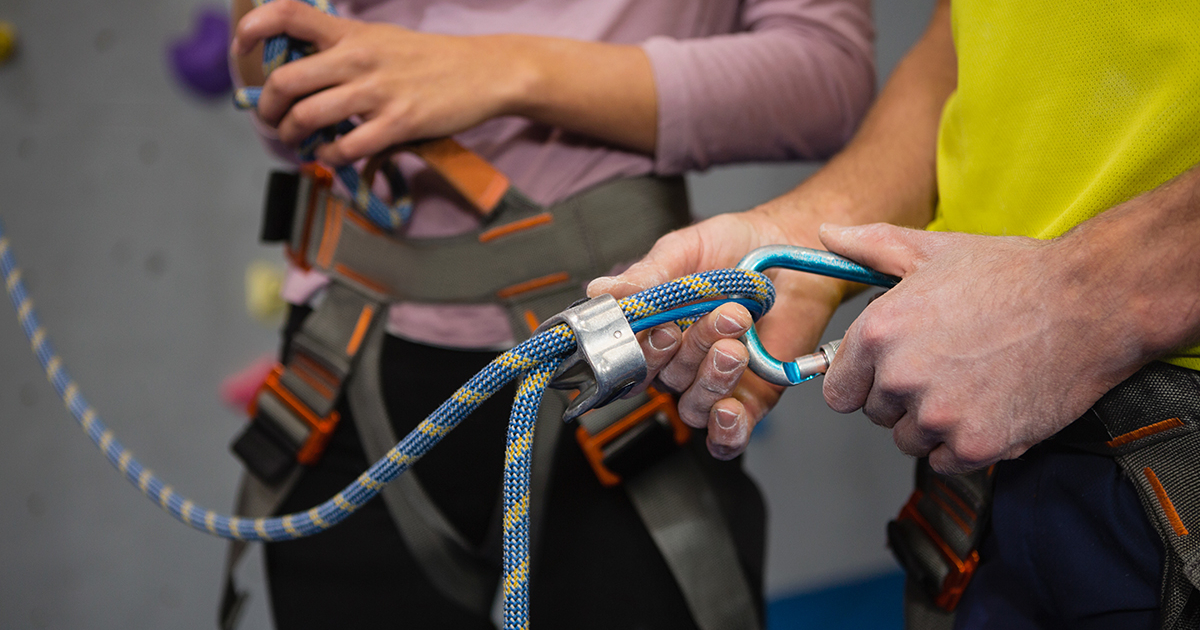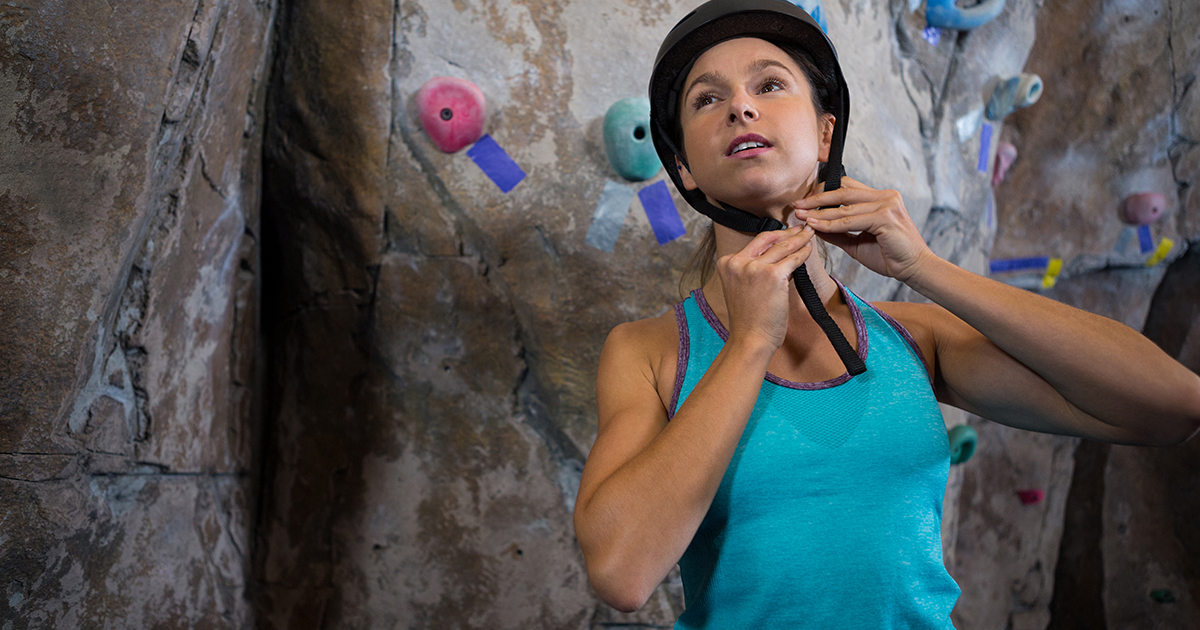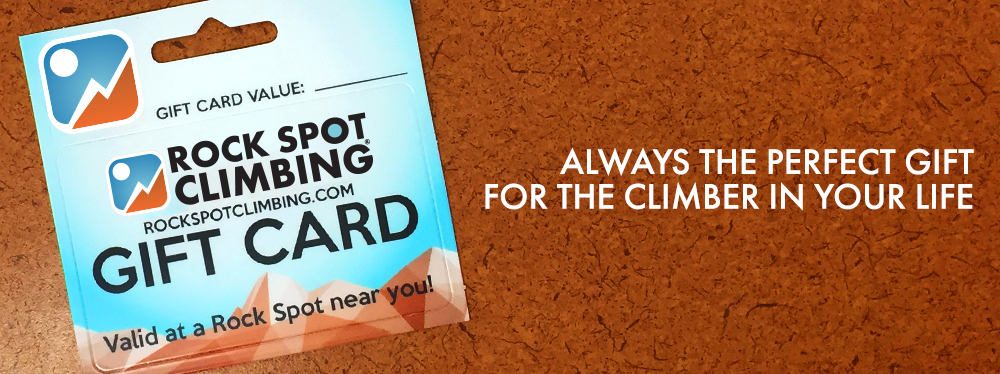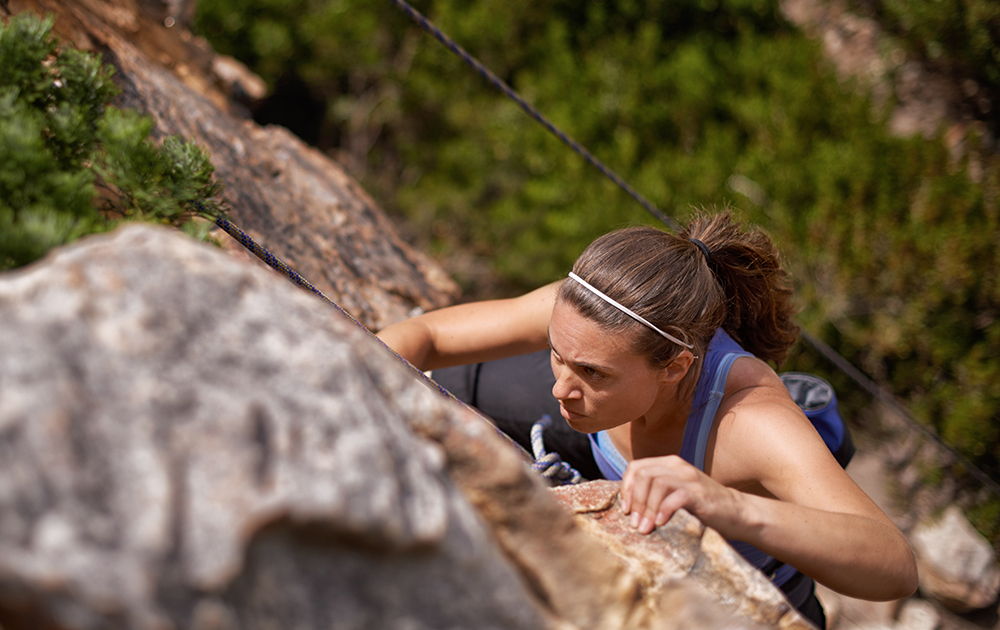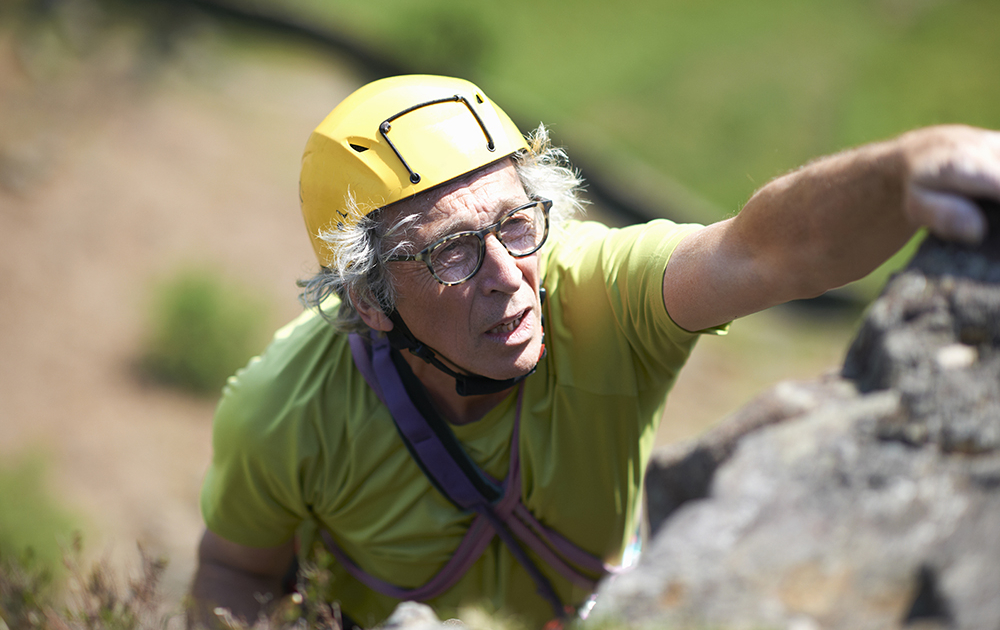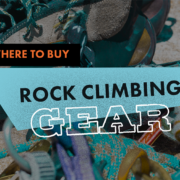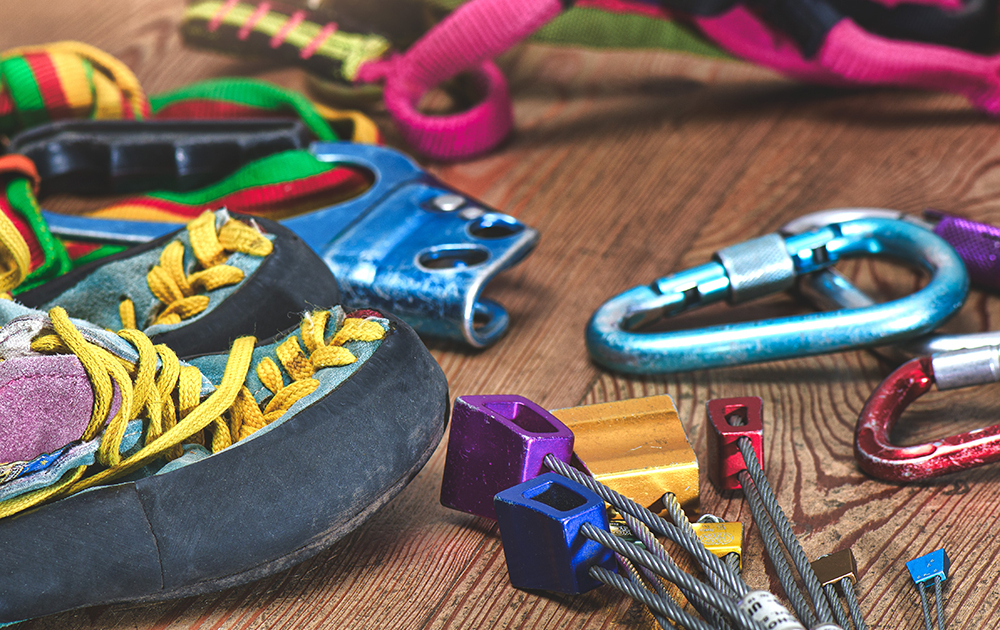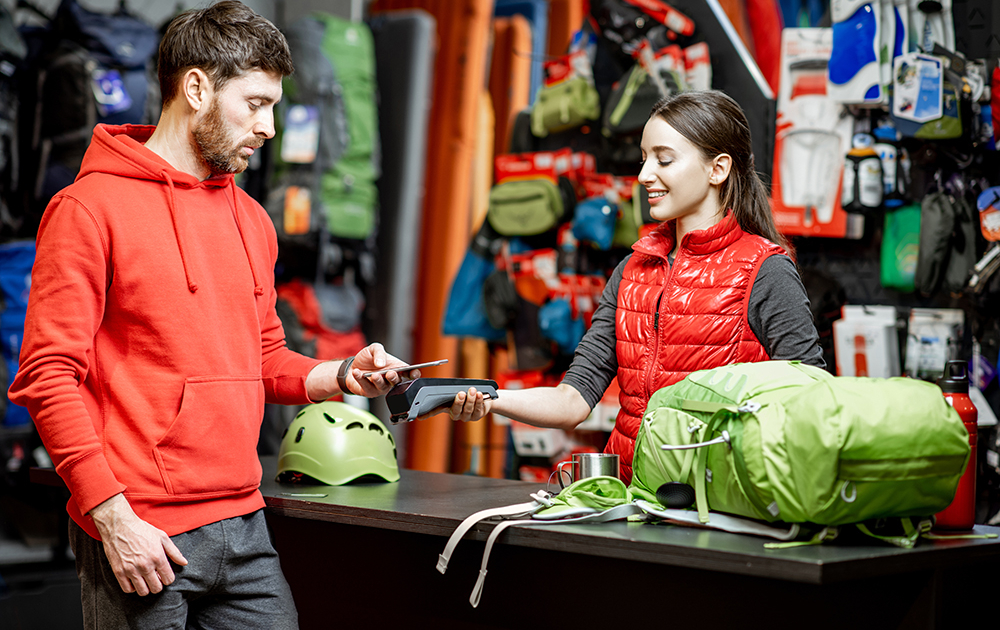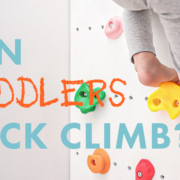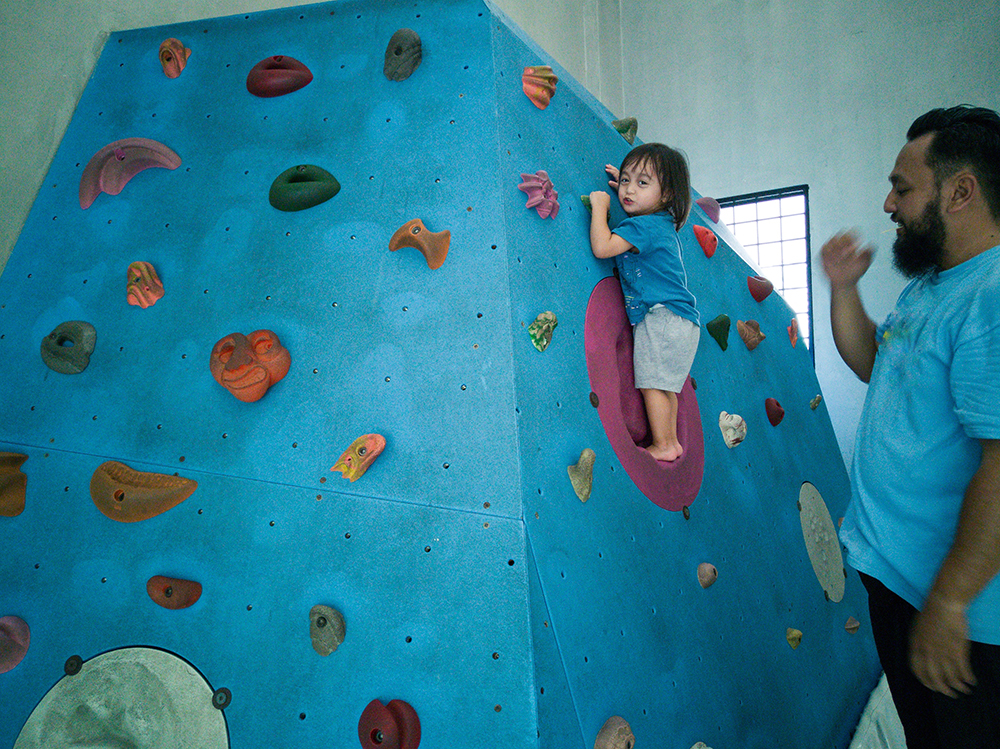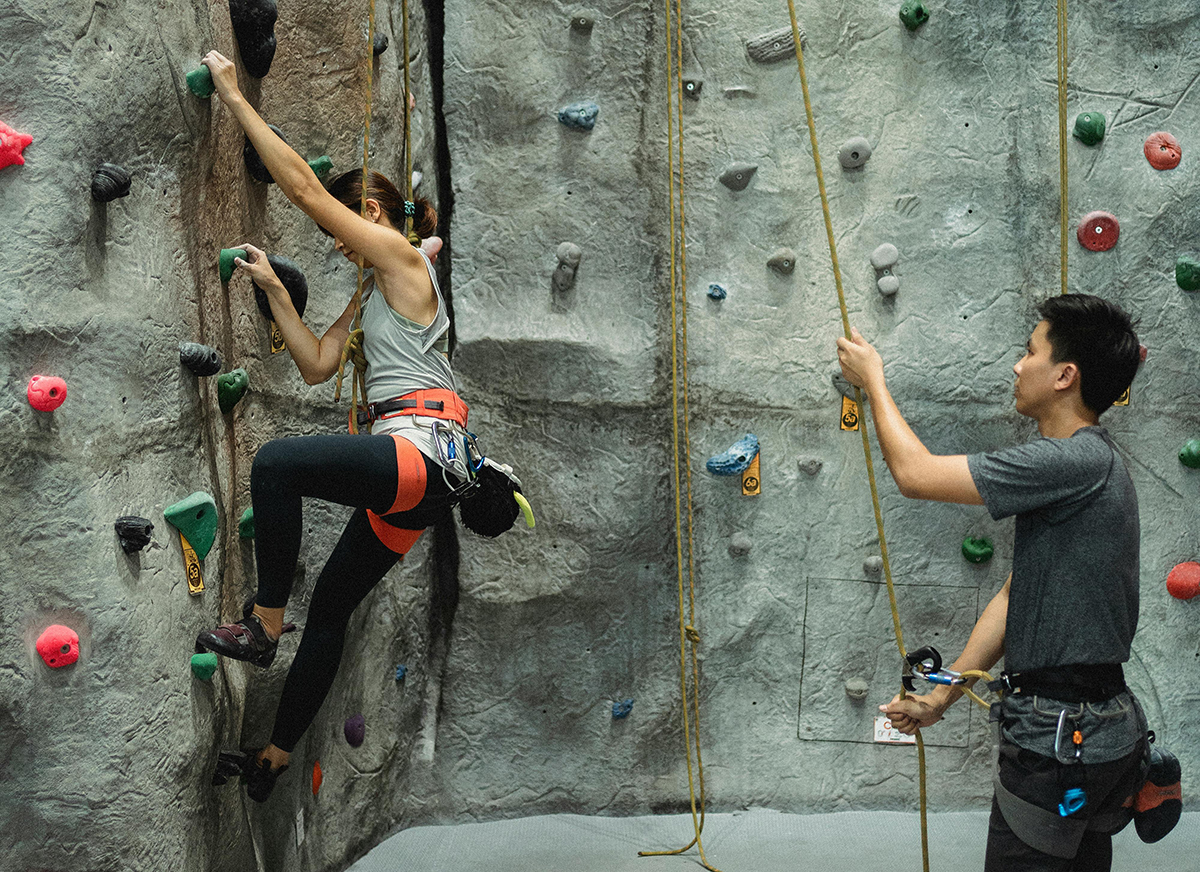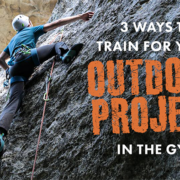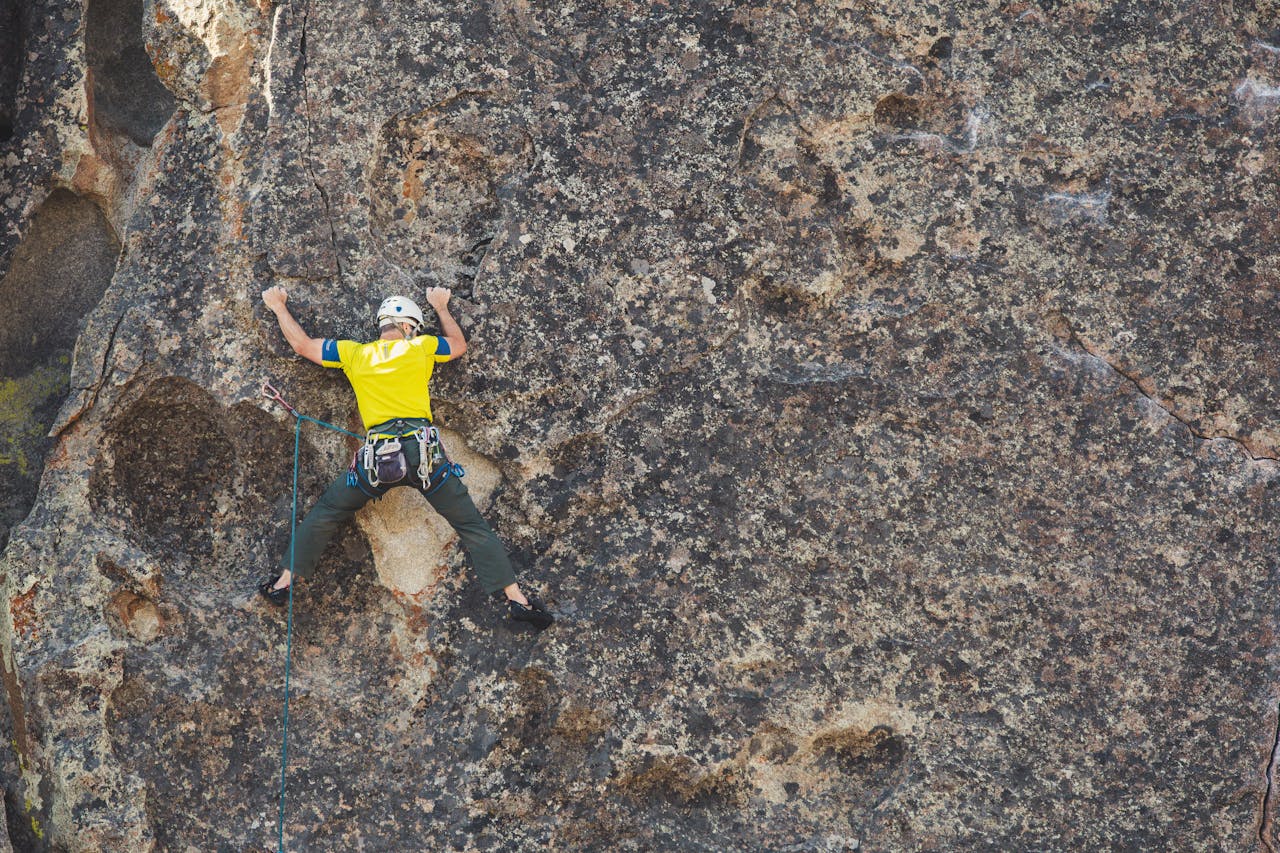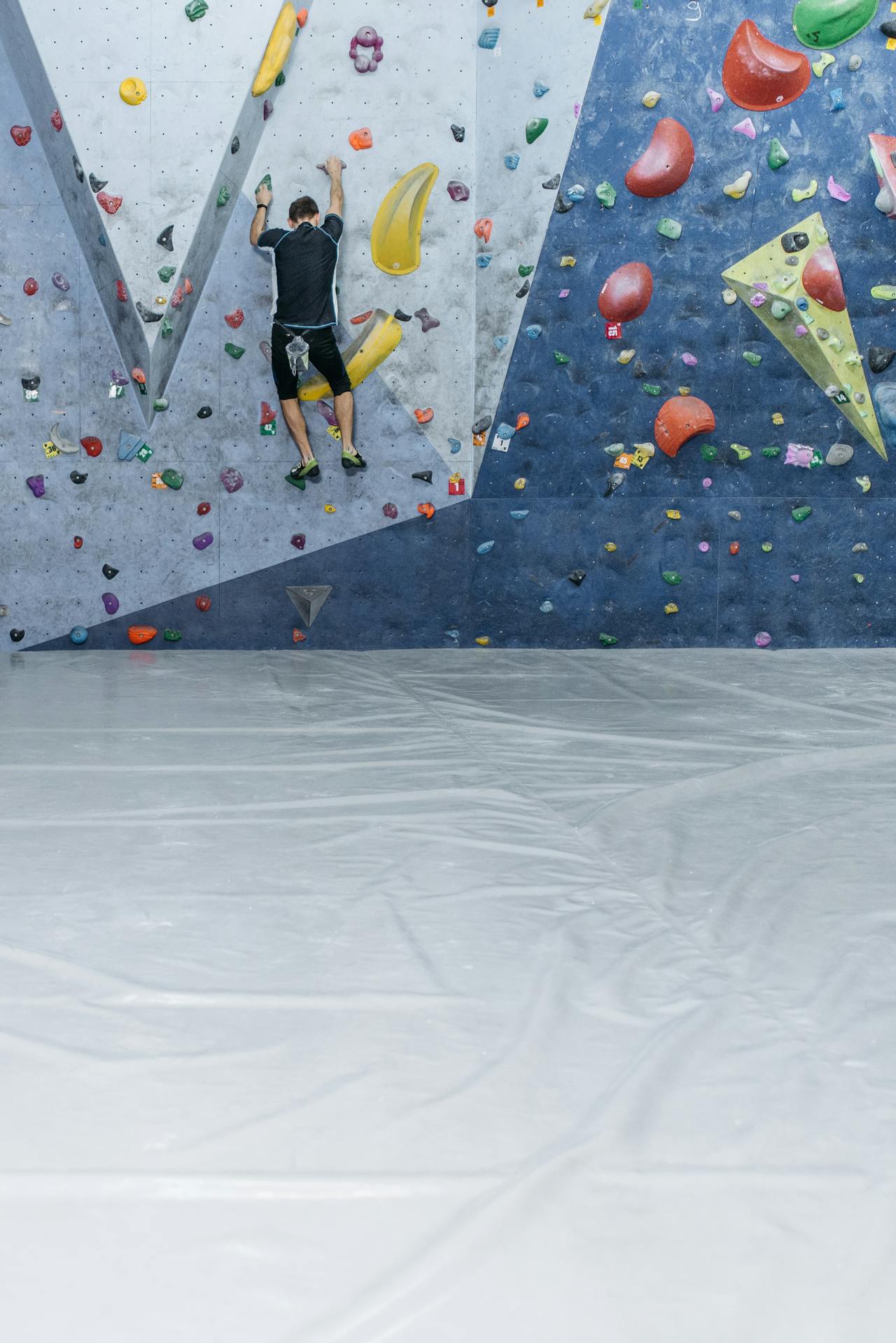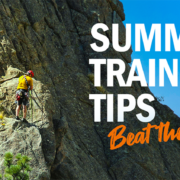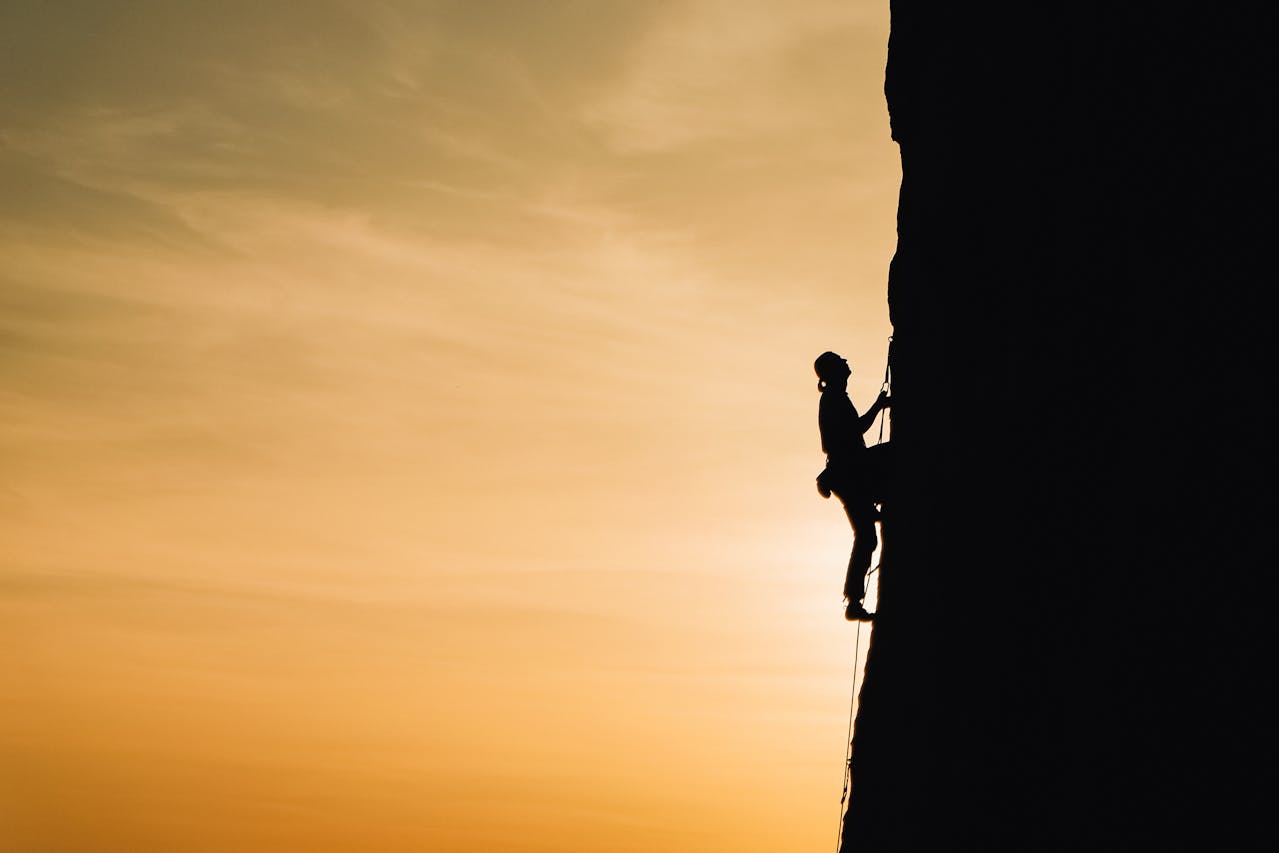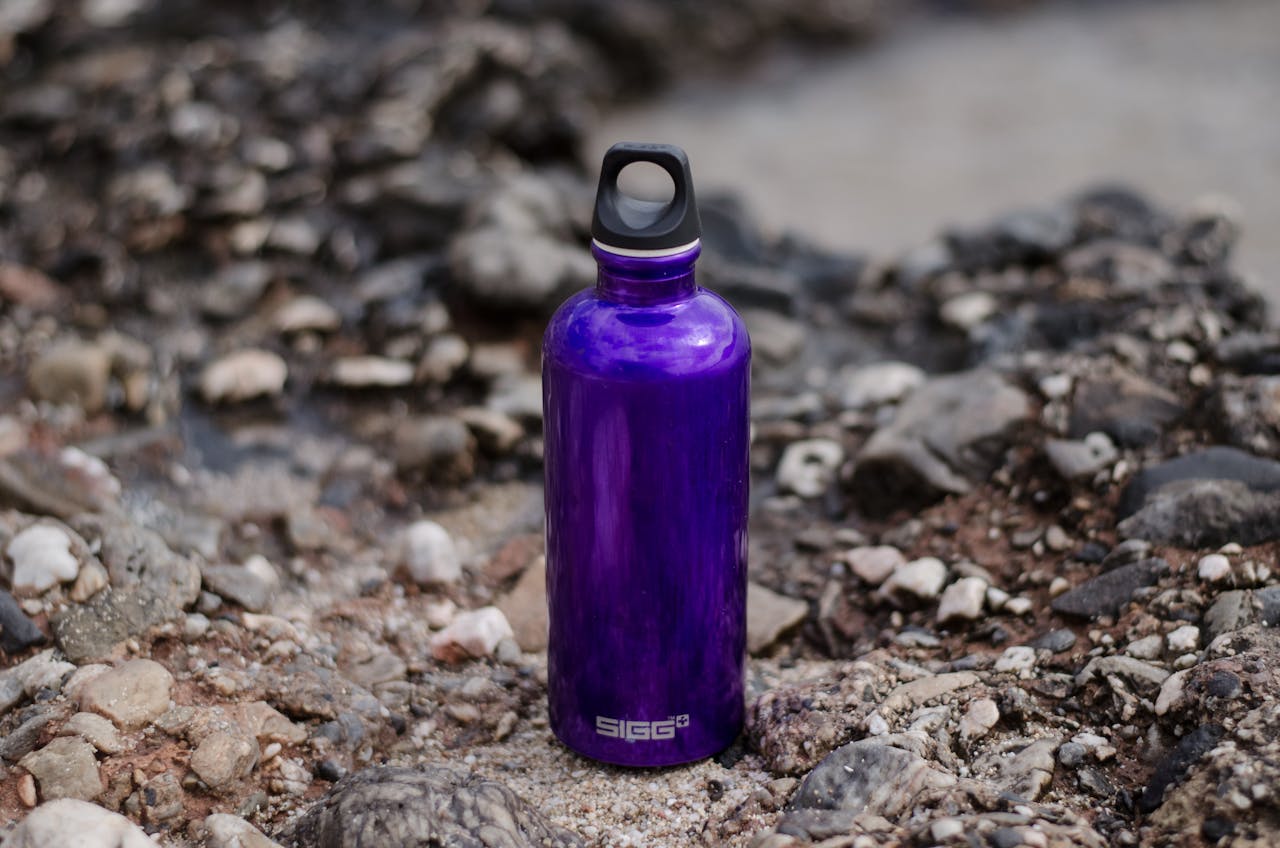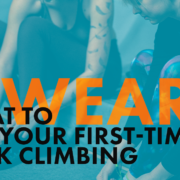What do you wear for your first time climbing?
Climbing gyms have taken the world by storm, and what was once a not-so-popular activity is now competed for in the Olympics. Although climbing has changed, what climbers wear hasn’t.
You’ll see less lycra nowadays, but the core of climbing clothing choices has remained the same.
What NOT to wear is just as important as what to wear for your first time climbing. Check out that section to avoid wearing the wrong things and ensure you’re fully prepared for your climbing experience!
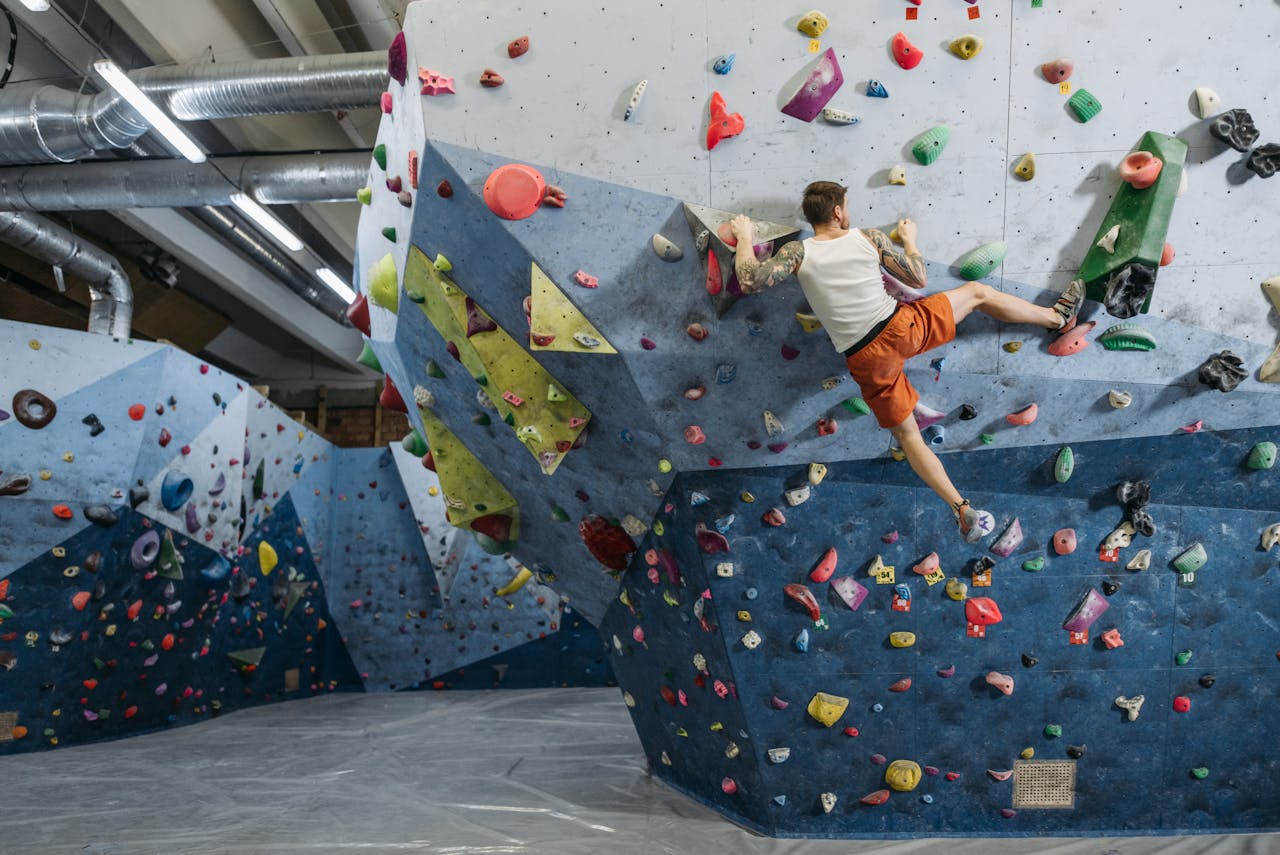
So, what DO you wear for your first time climbing?
Simply, anything that is comfortable and allows you to move your body freely. Climbing requires a lot of bending, reaching, twisting, and contorting, so you’ll want to wear clothing that doesn’t restrict your movement.
For footwear, a pair of snug-fitting climbing shoes is recommended. These shoes are designed to provide maximum grip and support for your feet during climbs. Avoid wearing regular sneakers or bulky shoes as they can hinder your performance and increase the risk of injury. Pants are the go-to option when you start, so you have a little barrier when you bump your knee on the wall. Climbers commonly wear T-shirts because you’ll warm up from pulling your body up the wall.
But if the gym is super warm, or since you’ll exert a lot of energy, it’s nice to have more airflow to the legs with a pair of shorts.
The fabric you choose is up to you. You can wear something sportier, like ‘workout clothes’ that help wick moisture away from your body, or you can proudly display your efforts with a cotton option. However, keep in mind that moisture-wicking fabrics can keep you dry and comfortable during your climbs, making them a popular choice among climbers.
What NOT to wear for your first time climbing
Deciding on the correct outfit to climb in may seem daunting, but choose something comfortable, and you’ll be just fine. More importantly, you should avoid wearing the following clothing when climbing.
Wear Layers!
Sometimes, climbing gyms can feel like stepping into a grocery store’s freezer. Keeping cool is helpful to gym-goers because you’re sure to heat up when exerting yourself climbing the funky-colored walls.
If keeping warm in a cool environment is challenging, consider wearing layers to the climbing gym. You can always remove a sweatshirt or switch to shorts when you get too warm!
Everybody has a different internal body temperature; what works for someone else may not work for you.
Restrictive clothing
Tight-fitting clothing that doesn’t stretch. Pants like skinny jeans may try to come back in style, but they should be left at home. You can also just bring other clothes to change into at the climbing gym.
Climbing requires plenty of hip mobility, and you don’t want to rip your favorite pair of jeans when trying to raise your foot high on the wall.
Tight-fitting clothing is okay to wear when climbing, but you must make sure it is stretchy!
Too loose of clothing
Yes, even super loose clothing can hinder your climbing. This doesn’t mean when your pants fall down your hips; that’s a separate issue that a belt can fix. However, they’re too loose when your pant leg is wide enough to step on.
Imagine stepping on a foothold only to be caught in the fabric. You won’t go anywhere with the other foot because you’ve anchored yourself to the wall!
While an oversized, flowy T-shirt may feel comfortable, the loose fabric could restrict your vision, blocking your view of the footholds below you. Although this isn’t a huge issue, it’s something to consider when picking your outfit.
Certain jewelry
Most jewelry should be removed when climbing. This includes rings, long necklaces, large dangly earrings—anything that could get caught on a rope or climbing hold if you fall.
Bring a bag to the climbing gym and keep your jewelry safe when you hop on the wall. If you’re adamant about wearing a ring when climbing, look for a silicon one that won’t cause any injuries if it gets caught!
Dress for Success
If you couldn’t tell, there is no standard to what to wear for your first time climbing. While you should include a few golden standards (like not wearing jewelry), the rest of your clothing options are personal preference. You have the option to choose what makes you feel comfortable and confident on the wall.
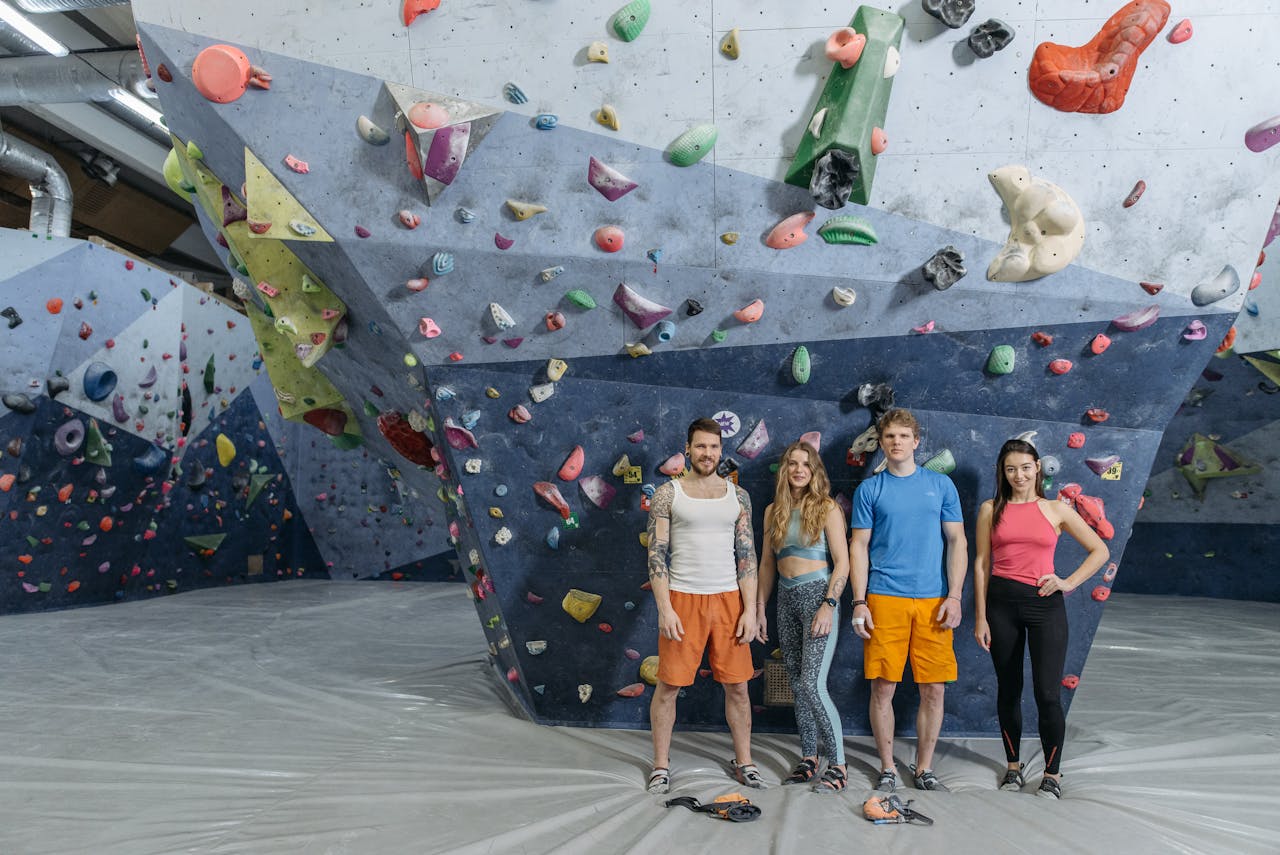
Skinny jeans may be your look, and you’ll climb in them regardless of what anybody says, and that’s fine! However, you may not be as flexible as you need to be for specific climbs.
Long pant legs might be your fashion, and that’s okay, too. But you might change after you get stuck because you stepped on your clothes.
Ultimately, the goal is to wear what feels comfortable for you. Try out a few different options, like bringing layers, and feel out what works. You can switch it up the second time you climb! Remember, comfort is key in climbing attire.

